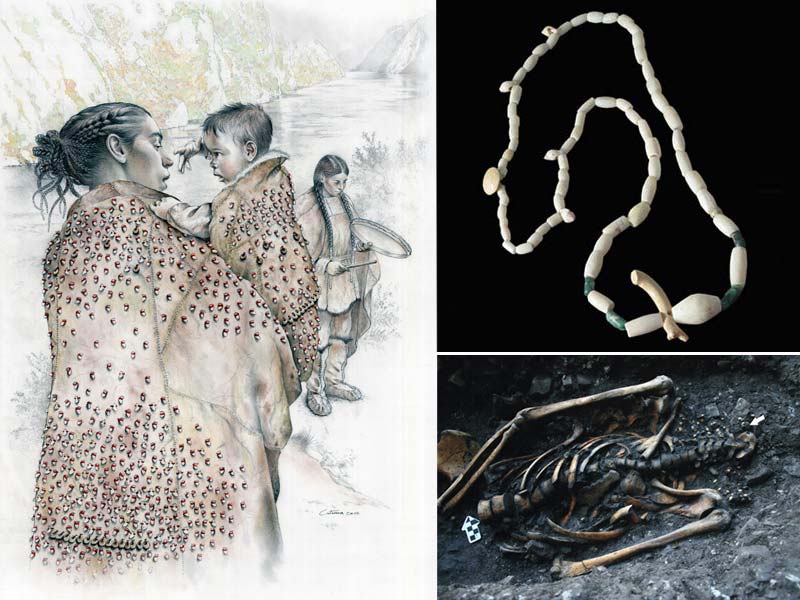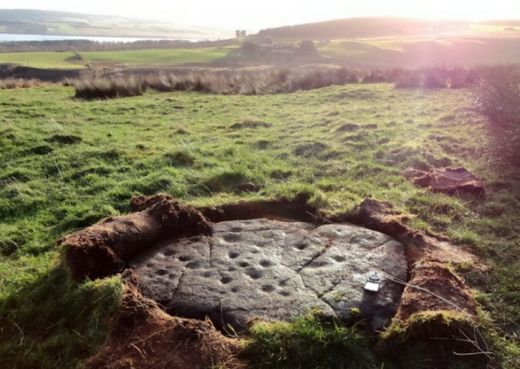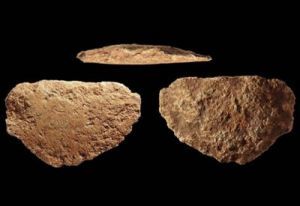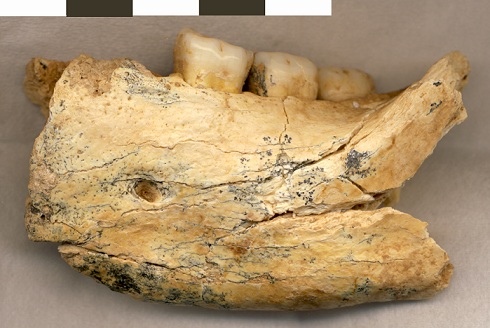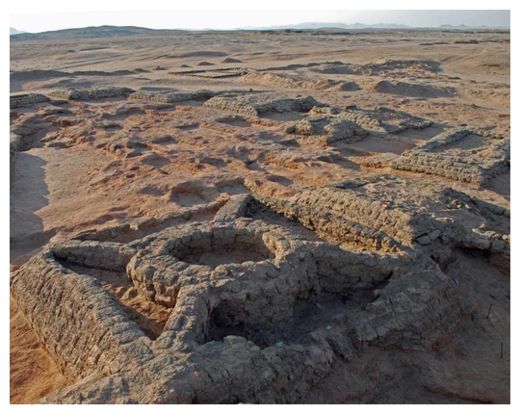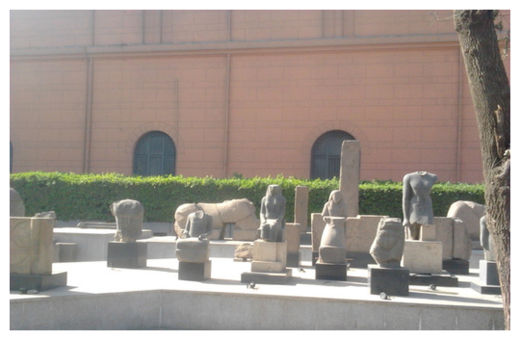
© Waleed Abu al-Khair/Al-ShorfaStatues are displayed outside the Egyptian Museum in Cairo.
In an archaeological find Egyptian experts are calling very important, an Italian mission -- headed by Angelo Sesana and working in the mortuary temple of Amenhotep II on Luxor's west bank -- recently discovered a necropolis containing tombs dating back to the beginning of the Third Intermediate Period (roughly 1075-664 BCE).
Amenhotep II, son of King Thutmose III and Merytre-Hatshepsut, was the seventh pharaoh of the 18th Dynasty.
"The site of the discovery is located near the Ramesseum temple, one of the most important funerary temples not only in Egypt but in the world," said Niazi Ali, a professor of pharaonic antiquities at Cairo University's Faculty of Archaeology.
Mission members have found a number of burial chambers, with a well in front of each and remnants of wooden sarcophagi containing some skeletal remains, Ali said. The sarcophagi are believed to be made of decay-resistant wood.
A set of funereal articles commonly used during that period -- jewellery, toiletries and food left for the deceased to consume in his second life -- also were found at the site, along with a number of canopic jars containing the mummified internal organs of the deceased.
"Amenhotep II is known for his great interest in building funerary temples, and the tombs were likely built for athletes and warriors, whom he held in great esteem, particularly horse riders and archers," Ali said.
Officials immediately transferred the new findings to the antiquities warehouse in Luxor for lab tests, repairs and restoration, said Gamal Abdel Hakim, an archaeological site supervisor at the Egyptian Antiquities Authority.
They will be prepared for display, first at the Egyptian Museum, in the near future, and later at the Luxor Museum, Abdel Hakim said.
